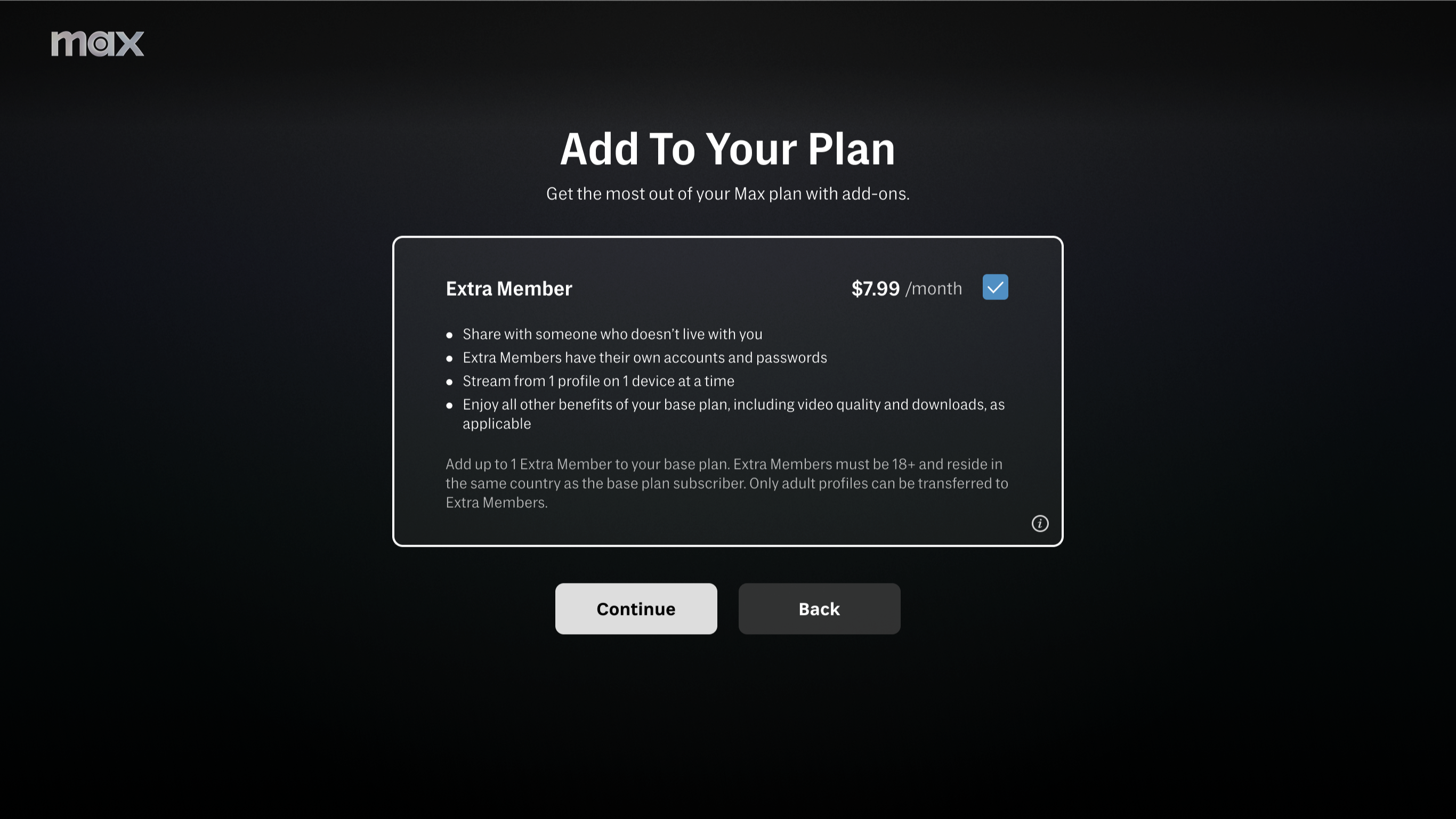Fitting Metadata Into The Content Life Cycle
(click thumbnail)Metadata Flow: File Elements Include Essence Components and Metadata. Essence components must be properly linked to the metadata that may be used by some or all of the devices or systems (dotted line). Essence components will be routed to the server and storage and eventually reconnected to the metadata following modification or processing.A few months ago we looked into how media makes its way from origination through the production and transmission chains. It’s the part of the content life cycle when material moves through core systems, information about it is collected, and is associated in an absolute or relative format. This information contains high value for the future of the content and its objects.
The importance of these media elements is often catalogued by varying, application-specific sets of information attached to those elements in a variety of means. The type and degree of that information is usually determined by the content owners or facility operators, and is based upon any number of parameters.
The information is set through a course of action using external software or by labels, attachments or references to the physical media itself. The information may be loosely attached (relative), as in an external database or a spreadsheet; or rigidly attached (absolute), such when wrapped in a file structure, embedded in a transport stream, or directly linked on an information track of a disk drive.
As our industry heads toward operational models that reduce retention of content on conventional portable sets of media (e.g., videotape); the means and structure of attaching that information to the content is shifting from separate unattached documents, to embedded data structured for longevity, ease of portability and security.
The term associated with those attachments is bundled into metadata that, by its very name, connotes flexibility yet promotes ambiguity.
FORMAT FRENZY
Digital media technologies have resulted in an explosion of formats, becoming an archivist’s nightmare. Myriad format preservation techniques risk obsolescence long before the real value of its content is realized.
Varying video storage platforms complicate issues beyond just the file format or compression scheme employed.
Cataloging and structuring of metadata is further exacerbated by the overabundances of applications and specialty solutions available for the end user to deploy. Metadata, as we’ve seen, has value only when extensible and usable beyond the initial scribing itself.
To set some ground rules, terminologies adopted from documents created by the EBU and SMPTE, under the auspices of a joint project called the “Task Force for Harmonized Standards for the Exchange of Program Material as Bitstreams,” will be used to clarify these and future discussions of metadata.
Its final report, in the September 1998 SMPTE Journal, provides direction, insight and vision into the many elements that have since evolved into real applications, products and technologies for media-centric environments.
The reader is encouraged to review this comprehensive work, as it sets the tone for the advances in digital architectures, objects we use today.
Metadata remains an overutilized, ambiguously defined and frequently exaggerated or misunderstood topic. The variances in describing and prescribing metadata as applied to elements in media management are defined more by the level, amount or quantity of that data compared to the functionality and structure of the metadata itself.
To place metadata into perspective, anything that relates information about media may be termed “metadata.” Conversely, anything associated with the media that isn’t the actual media itself, might be construed as metadata.
Thus the subject of metadata, in whole or in part, becomes an extremely broad topic. In its colloquial form, metadata is described as “the data about data,” or in the digital sense, “the bits about the bits.”
In a more sensible description, metadata is “information that describes, supplements or refines the subject matter associated with that central data.” Thus, metadata is information about data; or moreover, it is information about information.
A good implementation of a metadata scheme is well organized. It is constrained by a structure dependant upon those applications that set the parameters by which the information (about the information) is entered or attached to the primary data.
Metadata needs to contain encoded information describing the characteristics of its information, or its information-bearing entities. This in turn aids in the identification, discovery, assessment, and management of those entities; and therefore provides additional value to the asset itself, (the asset being a set or combination of sets of Essence).
Historically, before the thrust of moving media-related metadata, digital library systems began to establish a standard set of schemes for encoding descriptive, administrative, and structural metadata for objects within a digital library.
For this industry segment, the Metadata Encoding and Transmission Standard, an XML schema language of the World Wide Web Consortium, maintained in the Network Development and MARC Standards Office of the Library of Congress, is being developed as an initiative of the Digital Library Federation.
The DLF is a consortium of libraries and related agencies that are pioneering the use of electronic information technologies to extend collections and services and those concepts can be applied to moving media.
‘E’ IS FOR ESSENCE
Moving media metadata is bound to Essence; whereby the capital “E” represents “elements uniquely defined as video, audio or data.”
Within a studio, metadata is influenced by a number of studio-specific applications, e.g., capture, modification and reproduction, and transposition.
Limitations in facility infrastructures set the effectiveness of the metadata, and thus the value of the effort placed in attaching metadata to Essence.
Structurally, the layered capabilities of metadata allow for a number of priorities, and thus a level of activities to be performed on the bounded Essence. Layering prescribes the depth of the metadata, beginning at its broadest form and working down in granularity to the details. The depth of the metadata is set by the application or by the user and establishes descriptive parameters that, once associated with the Essence, remain throughout the content life cycle.
Get the TV Tech Newsletter
The professional video industry's #1 source for news, trends and product and tech information. Sign up below.

Karl Paulsen recently retired as a CTO and has regularly contributed to TV Tech on topics related to media, networking, workflow, cloud and systemization for the media and entertainment industry. He is a SMPTE Fellow with more than 50 years of engineering and managerial experience in commercial TV and radio broadcasting. For over 25 years he has written on featured topics in TV Tech magazine—penning the magazine’s “Storage and Media Technologies” and “Cloudspotter’s Journal” columns.
